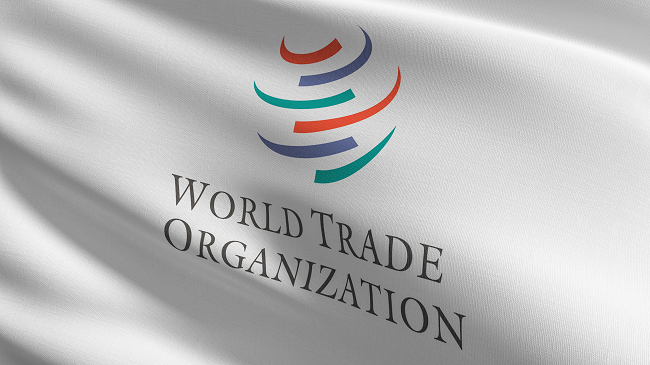
The World Trade Organization (WTO) last week published a study into the impact of the Trade Facilitation Agreement (TFA) that came into force in February 2017.
The report found that the TFA had increased global trade by around £230bn between 2017 and 2019, based on estimated data.
WTO economists attributed this rise to a 5% increase in global agricultural trade, 1.5% rise in manufacturing trade and a 1.17% expansion for total trade. Trade growth in less developed countries was highlighted as a key contributor to this.
The WTO said these findings were based on “conservative” estimates and that the contribution of the TFA to global trade growth is likely to be even greater.
To understand why the TFA is so important and why it’s having such an impact on global trade, we spoke with Ilona Kawka, a digital trade and customs specialist at the Institute of Export & International Trade (IOE&IT).
What is the WTO Trade Facilitation Agreement?
“The WTO Trade Facilitation Agreement (TFA) is an agreement ratified by two-thirds of the WTO membership, which entered into force on 22 February 2017.
“It consists of 36 provisions and offers flexibility in implementation for the developing and least developed country members.
“At its core, it sets out measures for cooperation between customs and other authorities on trade facilitation and customs compliance matters. It also contains provisions for technical assistance and capacity building within the customs area.”
Why is the WTO Trade Facilitation Agreement important?
“The TFA encourages the utilisation of digital technology in achieving its goals, including: electronic payment of duties and taxes facilities; single window implementation for import, export and transit documentation; and the online publication of information and forms.
“The use of more advanced technologies – such as artificial intelligence and machine learning, robotic process automation – can be used for trade facilitation in areas such as verification of certification of origin, risk management and auditing, and reducing manual processes within the customs area.
“WTO members are encouraged cooperate with the private sector on implementation with prior evaluation of the technologies to establish the needs of border agencies and, as a result, create technology implementation plan that could be followed.”
What does this latest WTO research show?
“It is important to note that, according to the research, the forecast done in 2015 estimated that complete implementation of the WTO Trade Facilitation's provisions could lead to an increase of up to 2.73% in global trade flows by 2030.
“Based on the estimates for years 2017-2019, it is stated by WTO economists, that the implementation of TFA attributed to an average of 1.17% in total trade in this time. These increases are mostly generated by least developed countries (LDCs), where agricultural and manufacturing exports has risen substantially.
“By the day report was published, WTO members committed to implement 76.1% of TFA obligations, which is foreseen to further increase the trade growth in coming years.”



